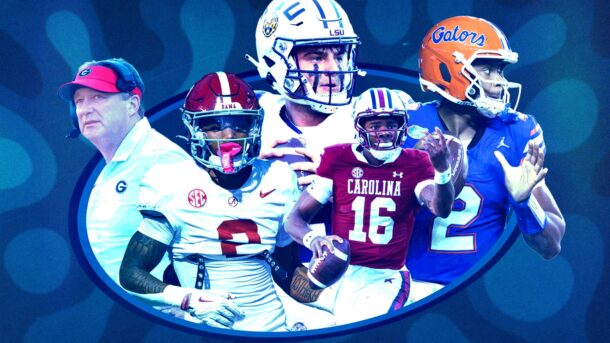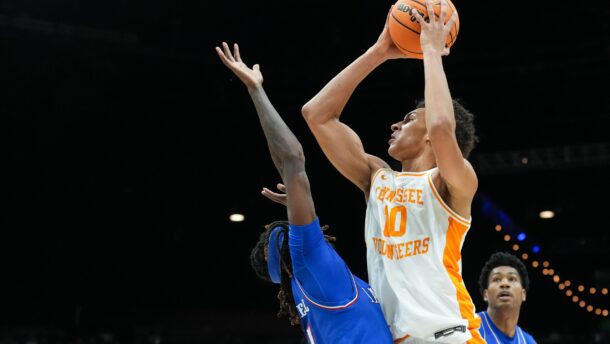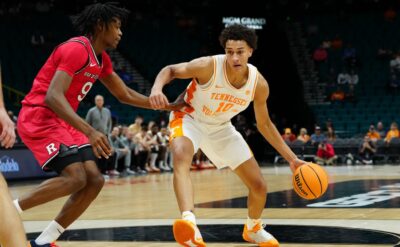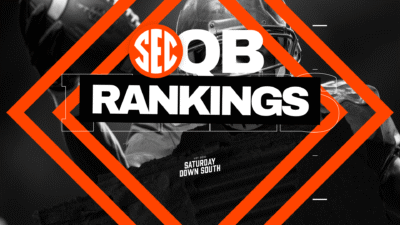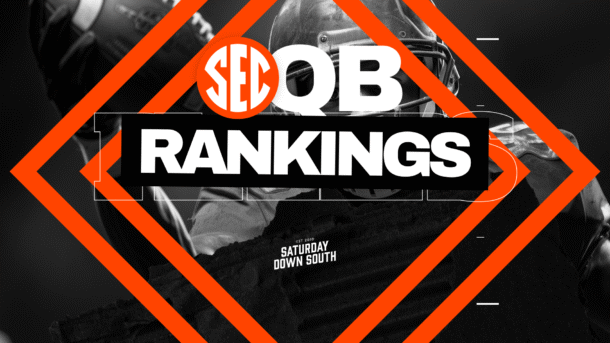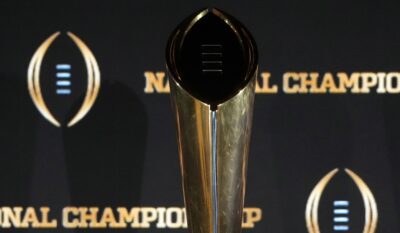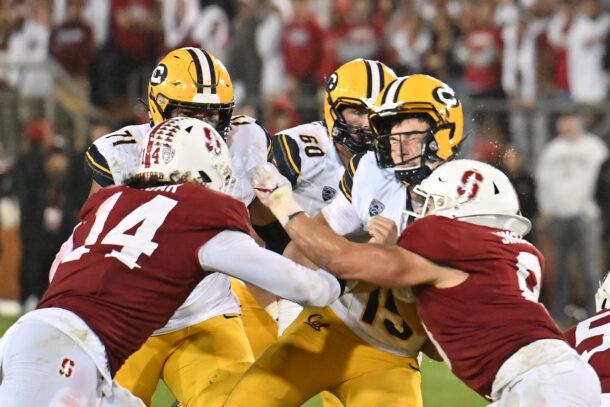
Friedlander: Don’t get your hopes up Pac-12 diehards. Cal and Stanford aren’t coming back
You don’t have to be a Get Off My Lawn old guy like me to miss the way things used to be.
So I get the angst about the demise of the Pac-12. Especially among those on the West Coast who already felt marginalized by a very real East Coast bias.
But c’mon, folks. Let’s not get carried away. As much as we all miss the tradition, the insomnia and the basketball scores that went along with Pac-12 After Dark, the alliance that came into being late last week is not the resurrection of that late, great league.
No matter what they decide to call it.
The newly reconstructed conference consisting of Washington State, Oregon State, Boise State, Colorado State, Fresno State and San Diego State is nothing more than just 2 schools nobody else wanted and 4 of the most marketable members of the Mountain West.
That hasn’t stopped everyone from the realignment trolls on Twitter to members of the mainstream media who should know better from dreaming about the possibility of getting at least part of the old band back together.
The new conference, or Six-Pac if you will, came into a being just around midnight Eastern Time on Thursday.
Right on brand.
By Friday morning, social media was already abuzz with speculation about the possibility of Cal and Stanford returning home to join it.
Among those pounding the drum the loudest is Pete Nakos of On3 Sports. Not only did he include the Bears and Cardinal on his list of “Schools to Watch for Expansion.” But he also reported that “Multiple sources have told On3 it’s a logical move for Cal and Stanford to join the Pac-12 if a window opens to leave the ACC.”
https://twitter.com/On3sports/status/1834274845250760951
He’s right about at least 1 thing. It would be a logical move for West Coast teams to be members of a West Coast Conference rather than one with members located primarily on the Atlantic Coast.
But that doesn’t mean it’s going to happen. Or that either school wants it to happen.
Let’s start with the logistics of why.
When the schools accepted their invitations to join the ACC last September, they signed the same media Grant of Rights that the other 14 full-time members and Notre Dame signed. It’s the document that binds members to the conference through 2036. The one Florida State and Clemson are suing to escape.
That means barring a court ruling in their favor – something that almost certainly isn’t happening anytime soon – Cal and Stanford would have to pay a hefty fee and give up a large portion of their media rights in order to leave.
The cost wouldn’t be nearly as much as the $572 million the Seminoles and Tigers would have to pay to get out, since the new California teams agreed to take only a fraction of the revenue current members are earning.
But the price tag still would be prohibitive. And the schools wouldn’t necessarily be better off financially.
Even with their smaller piece of the financial pie, Cal and Stanford stand to earn significantly more from the ACC’s television deal than whatever the newly reconstituted Pac-12 will be able to piece together.
Travel headaches aside, the ACC is also a better fit both athletically and academically.
In the classroom, the institutional goals of the 2 highly-respected universities are more closely aligned with those of Duke, Virginia, Boston College and Wake Forest, among others, than any of the schools in the new West Coast alliance. On the playing field, there’s no argument that ACC offers a higher level of competition in all 3 of the major sports.
That’s why the Bears and Cardinal jumped at the opportunity to join the ACC as soon as the lifeline was thrown their way upon the demise of the original Pac-12.
They could have waited things out the way fellow outsiders Washington State and Oregon State did, knowing that a quasi-merger with the Mountain West was always going to be on the table. Instead, they chose practicality over geography.
Both appear happy with their decisions.
https://twitter.com/cal_alumna/status/1834326805576388688
They’ve already endeared themselves to even the most skeptical ACC traditionalists by the way they’ve embraced their entry into the conference. Cal, in particular, has fit right in thanks to a fan base that has become a vocal advocate for its new league on social media and a football team that has already scored one of the ACC’s biggest victories this season.
The Bears were so fired up over their 21-14 win at Auburn on Sept. 7 that it put up billboards in Charlotte and Atlanta proclaiming that it’s “Proud to Rep the ACC.”
So don’t get your hopes up too high for a West Coast homecoming. Or put any stock in the internet trolls quoting unnamed sources with bold realignment rumors.
Pac-12 After Dark is a thing of the past and geography no longer matters in the new landscape of college athletics. The ACC is a bi-coastal conference now. And it isn’t going away anytime soon.
Neither are Cal and Stanford.
Award-winning columnist Brett Friedlander has covered the ACC and college basketball since the 1980s.
